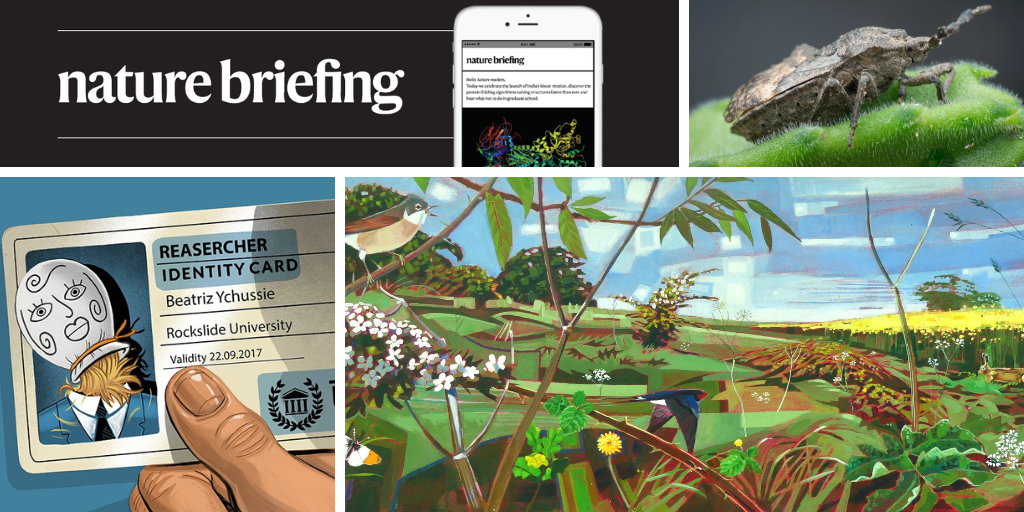
"It's not unusual for insects to have ears on their legs, but when researchers took a closer look at what was thought to be an eardrumlike structure on female Japanese dinidorid stinkbugs ( Megymenum gracilicorne), they got a surprise: a previously unknown type of symbiotic organ. Inside, the stinkbugs nourish symbiotic fungi, which they carefully rub over their freshly laid eggs."
"In 2015 and 2016, mathematician Beatriz Ychussie published four papers and reviewed multiple manuscripts for reputable journals - an impressive performance for someone who doesn't exist. Ychussie was fabricated by a paper mill - a company that sells fake research papers - and is just one of dozens of examples of mills duping publishers with fake academics. To combat this fraud, publishers are debating more stringent measures to confirm the identity of authors and reviewers."
Female Japanese dinidorid stinkbugs possess a previously unknown symbiotic organ that houses fungi. The stinkbugs nurture these fungal symbionts and deliberately rub them onto freshly laid eggs. The fungi grow over the clutch like a blanket and shield eggs from parasitic wasps such as Trissolcus brevinotaulus. Paper mills fabricate author identities and fake research, exemplified by the invented mathematician Beatriz Ychussie who appeared to publish and review papers. Publishers are weighing stricter identity checks for authors and reviewers, but such measures could disadvantage scholars at lesser-known institutions and those in low- and middle-income countries. Novel alternative methods (NAMs) are biomedical techniques that avoid animal use, and proponents urge journals, regulators and funders to reprioritize support for NAMs.
Read at Nature
Unable to calculate read time
Collection
[
|
...
]